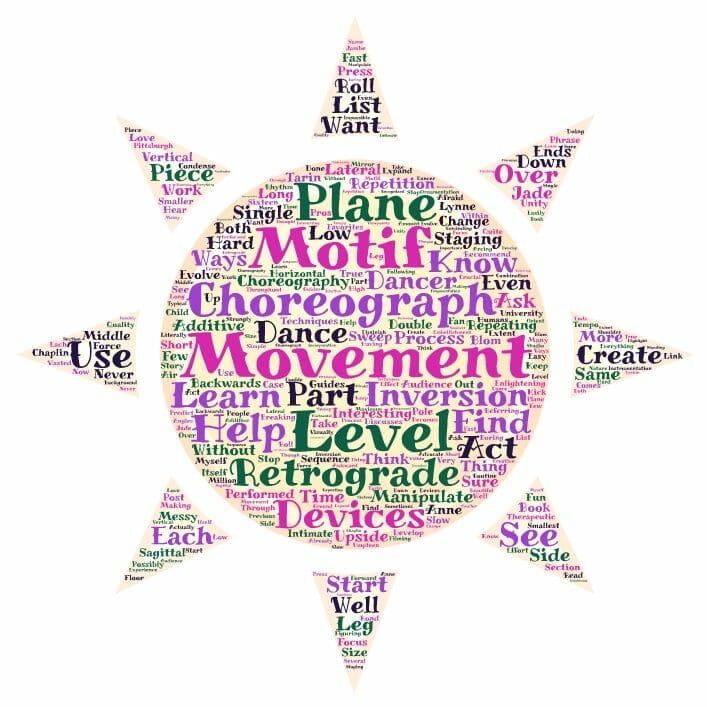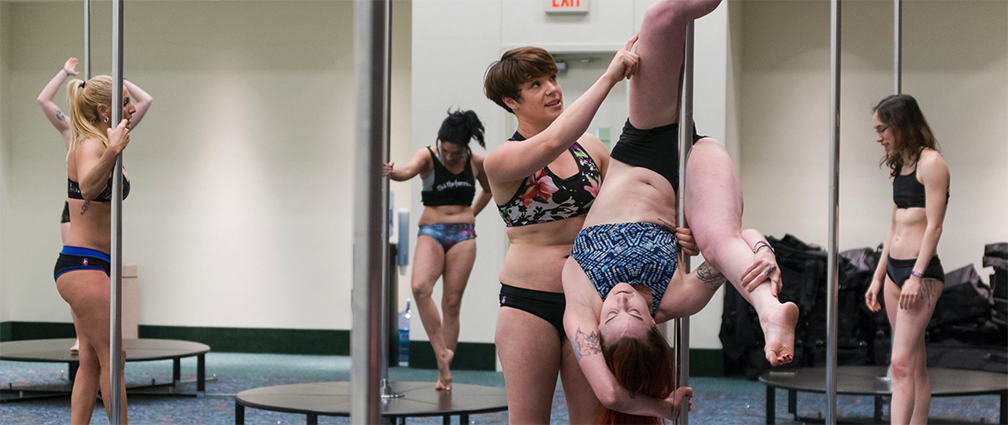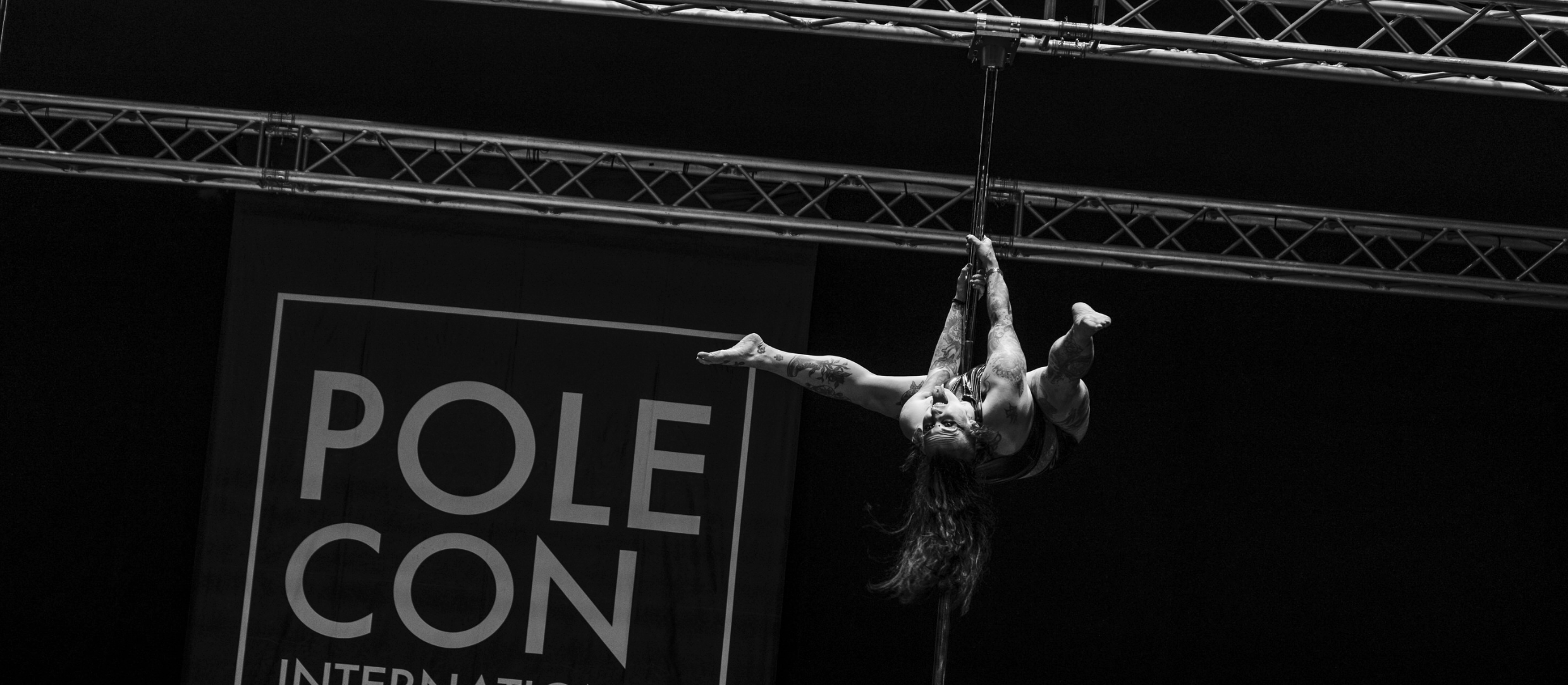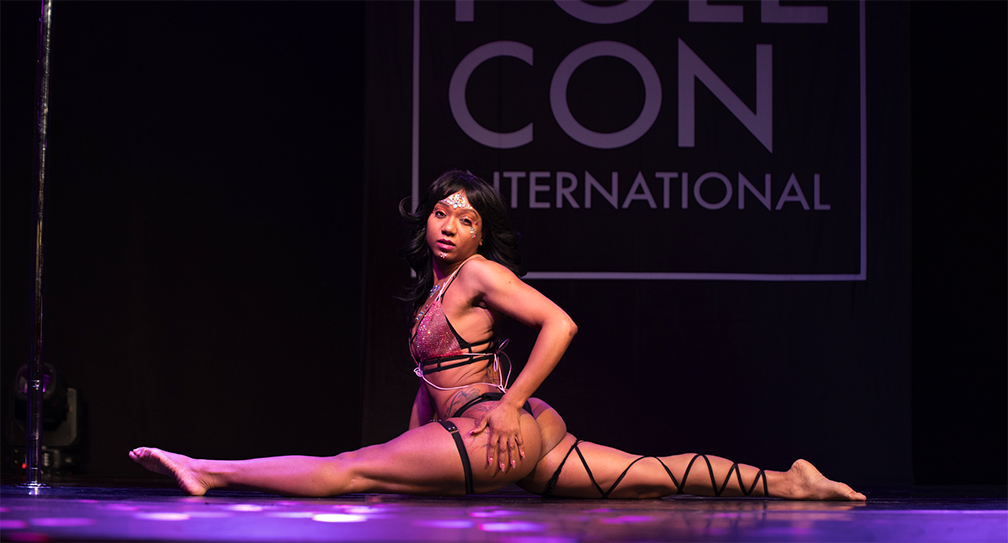I asked this a few weeks ago via social media and many people had some…

Choreographic Devices
Learning to choreograph is a messy process which never ends. It can also be an enlightening and therapeutic process which helps both dance and dancer to evolve.
If you want to learn to choreograph but aren’t sure where to start, I recommend “The Intimate Act of Choreography” by Lynne Anne Blom and L. Tarin Chaplin (University of Pittsburgh Press). This book guides you through almost everything you could possibly want to know about creating movement.
One section that I find myself referring to over and over discusses the choreographic devices used to develop movement. By breaking a dance into smaller pieces, a choreographer can focus on making each part interesting. The smallest part is the motif. “A motif is a single movement or short movement phrase….”(p.102) Finding ways to use a motif throughout a dance helps create unity within the piece. The following is a list of the devices as well as my take on a few of my favorites.
Sixteen Ways to Manipulate a Motif (Pp. 102-104)
- Repetition
- Retrograde
- Inversion : upside-down or lateral
- Size: condense/expand
- Tempo: fast/slow/stop
- Rhythm
- Quality
- Instrumentation
- Force
- Background
- Staging
- Embellishment (ornamentation)
- Change of Planes/Levels
- Additive/Incorporative
- Fragmentation
- Combination
Repetition: This comes first on the list because it is hard to manipulate a motif without repeating it. However, even just the act of repeating is itself a manipulation. Humans love repetition and choreographers shouldn’t be afraid of using it. Some might think If I keep repeating things it will get boring, and this is true to an extent. But if you’ve ever had a child ask to hear the same story umpteen-million times, you’ll know that people actually like to experience the same thing more than once.
Retrograde: Think of this as rewinding. You can retrograde either a sequence (abc becomes cba) or a single movement (the retrograde of a backwards shoulder roll would be a forward should roll). Many movements are easy to retrograde while some are almost impossible; for me, part of the fun is figuring out which is which. Find a movement you like then ask, How could this be performed backwards?
Inversion: Pole dancers are already pros at the upside-down inversion, but what about the lateral inversion? In case you haven’t read my previous post [https://poleconvention.com/cross-training/swinging-both-ways/], I strongly advocate learning to do all techniques on the second side. This can quite literally double the amount of your choreography without any additional creative work. Also, if doing a doubles routine, having the dancers mirror each other is visually interesting, even with very simple techniques.
Staging: The importance of staging is easily recognized but sometimes hard to predict. You might have choreographed a beautiful sequence but if the audience can’t see it then it was wasted effort. Knowing where your audience is and what they can see is crucial. Filming your choreography from several angles can help you see which viewpoints highlight or diminish your work, then you can orient your movements for maximum effect.
Change of Planes/Levels: There are three planes as well as three levels. Planes are vertical, horizontal, and sagittal. A fan kick where you sweep your leg up arcing from one side to the other would be vertical, while a rond de jambe would be horizontal. This leg sweep can also be done in the sagittal plane from front to back (though it’s more awkward). The three levels are high, middle, and low; these can be thought of as in-the-air, standing, and on-the-ground. While a typical Jade might be performed in the middle level, a Floor Jade is by its nature in the low level.
With these thoughts in mind, it’s time to get in the studio and start creating!
Latest posts by April Rayne (see all)
- Choreographic Devices - July 21, 2017
- Choreography 101: Improv - July 7, 2017
- Quiz Time!: What’s Your Pole Style? - April 21, 2017


